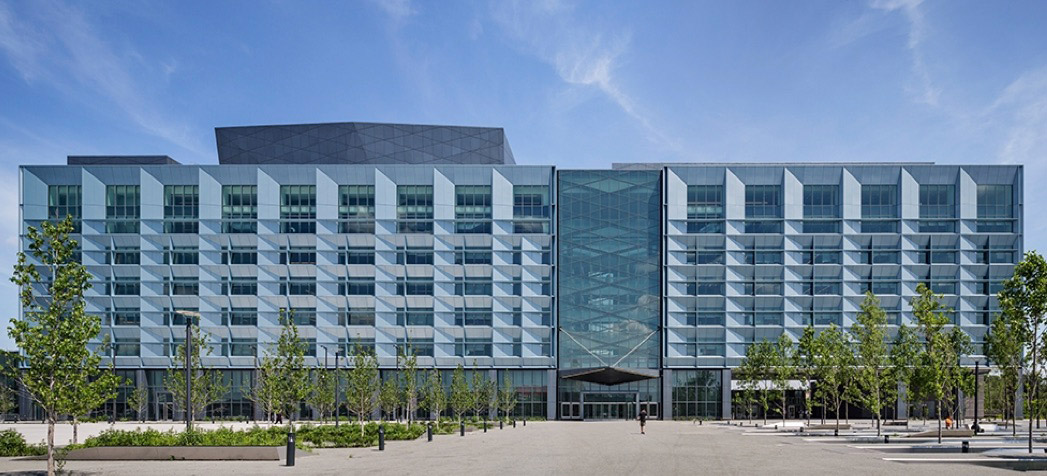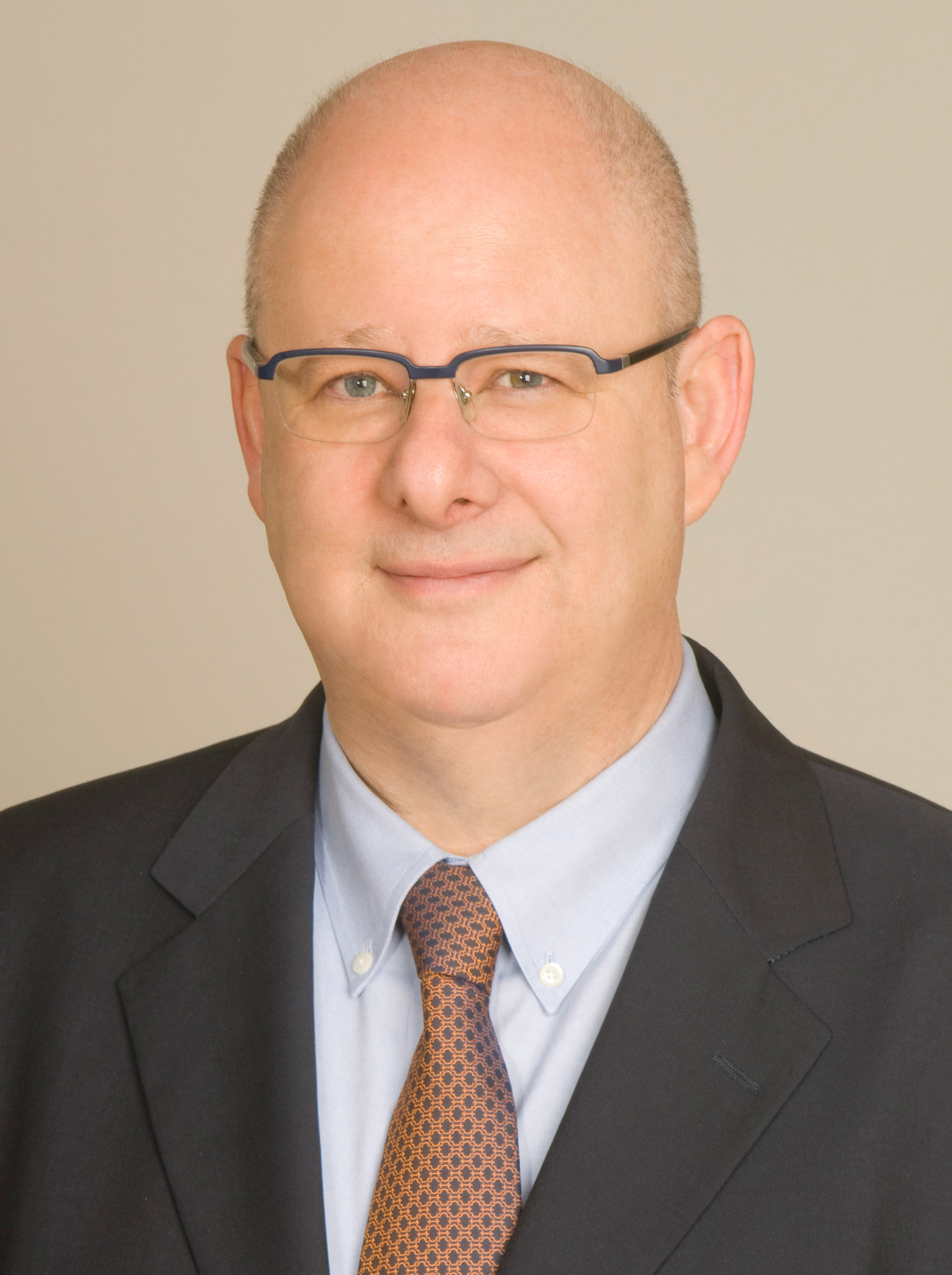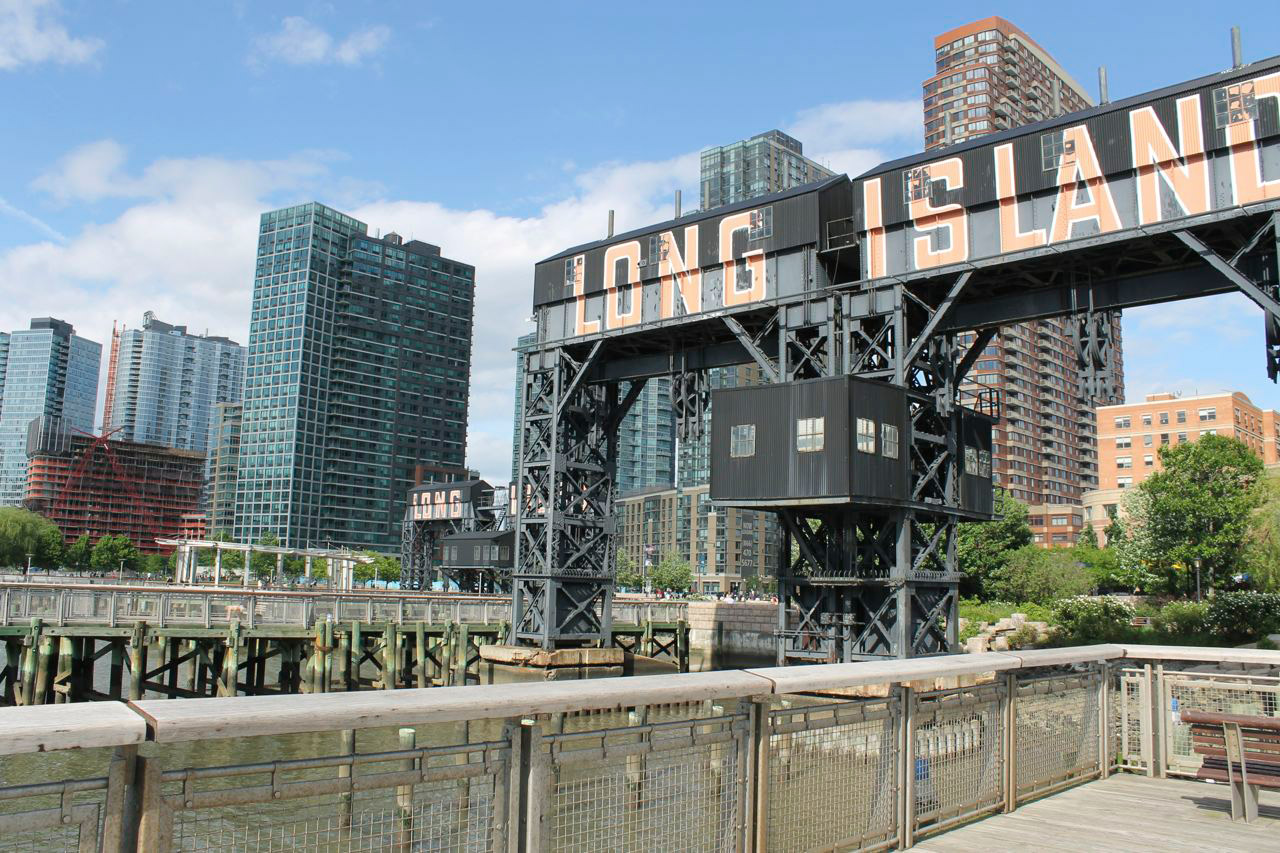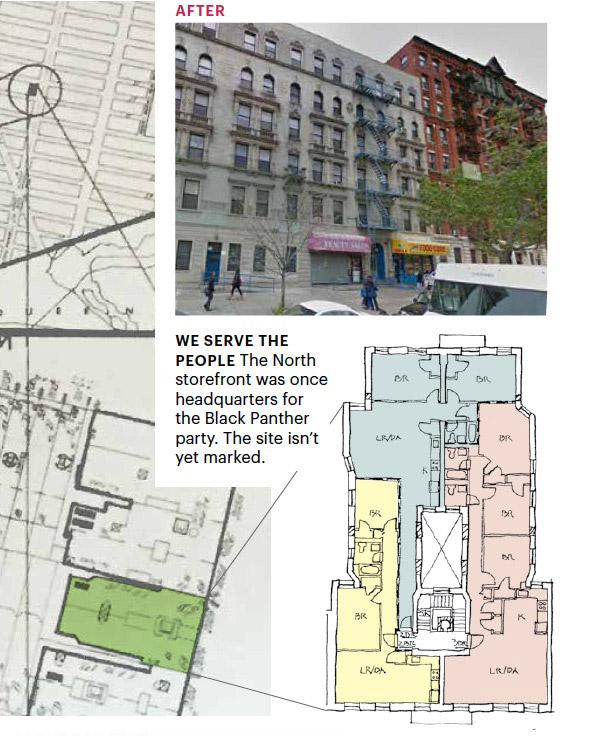by: AIA New York Chapter
From the start of his career over 25 years ago, Michael Plottel, FAIA, has led a highly diverse set of socially relevant projects and building types, ranging from public safety, social housing, transportation, educational facilities to public parks and public art. As Director of Capital Project Management at Columbia University Facilities, Plottel has sought to balance the needs of citizens first and foremost, with those of policy-makers, designers, project managers and builders. He has dedicated his career to advancing the practice and theory of public architecture by focusing on the design and construction of socially relevant projects with the result of rebuilding cities, strengthening institutions, enhancing public spaces and ultimately serving the everyday needs of the citizen.
Plottel’s elevation to FAIA recognizes his rich contribution to New York City’s successful re-urbanization efforts, as well as his multi-decade dedication to fostering research and dialogue around the scholarship and practice of public architecture. The 2017 Jury of Fellows of the AIA honored Plottel with the first category of Fellowship, which recognizes architects who have “Promoted the aesthetic, scientific, and practical efficiency of the profession,” according to the organizations’s definition. Now among the AIA membership’s three percent distinguished with Fellowship and honorary Fellowship, Plottel was recognized at the New Fellows Reception hosted by AIA New York in March and was honored further at an investiture ceremony at the recent AIA Conference on Architecture 2017 in Orlando.
Q: What is your proudest achievement as an architect?
A: I grew up in NYC in the 70’s when the Bronx was burning. I’m proud of the work that I have done to revitalize my city, especially those neighborhoods that lie beyond the maps you see in the backseat of a yellow cab, like Harlem, Long Island City, Bushwick, and College Point. I learned how to nurture design quality between the rock of limited means and the hard place of bureaucratic indifference. I’m also glad that I continue to find colleagues, partners, and mentors along the way who are willing to share their knowledge, insight and vision – and engage in dialogue about issues that matter to our profession.
Q: What is your earliest memory of architecture?
A: I was three or four years old. Every morning, my father and I would look at the New York City skyline and name the buildings together, Empire State, Chrysler, PanAm… He showed me that each one had many, many stories. It fired my childhood imagination that buildings could have many floors while also telling many stories of people and things. Years later, in middle school, we took a field trip to the Solomon R. Guggenheim Museum. I felt uplifted, even exhilarated, when we walked into its rotunda. I still feel that way today. Architecture uplifts everyday life, and I’m still fascinated by all of its stories about space and about people.
Q: Who do you most admire?
A: I’m a great admirer of the work of Louis Khan not only for its emotional content, but also for its intellectual integrity. Kahn very elegantly reconciled the ancient and modern forms and traditions of architecture. In a broader sense, I most admire people who start over again no matter how many setbacks they endure, sometimes from less than zero, whether it’s an architect who has a dry spell of meaningful work, like Frank Lloyd Wright in the ten years leading up to Falling Water, or immigrants and refugees like my own grandfather who leave everything behind to start a new life.
Q: What are you working on right now, or what is your next big project?
A: In my new role at Columbia University, I’m starting work on the next phase of the University’s campus expansion. This new phase includes repurposing several buildings at the historic Morningside campus. It’s a challenge akin to planning and modernizing a small city while maintaining its significant historical fabric. This is a great chance to take pressure off of existing facilities and enhance public spaces. I’m also looking forward to contributing to AIA committees and, time allowing, getting re-acquainted with my library.
Q: What does being a Fellow mean to you?
A: I value the recognition that this fellowship represents, but it’s also a reset at the next level and an opportunity to continue to contribute to our professional community.
Editors’ Note: This feature is part of a series celebrating the 18 members of the American Institute of Architects (AIA) New York Chapter that have been elevated to the AIA College of Fellows in 2017, an honor awarded to members who have made significant contributions to both the profession and society. Learn more about Fellowship here.












